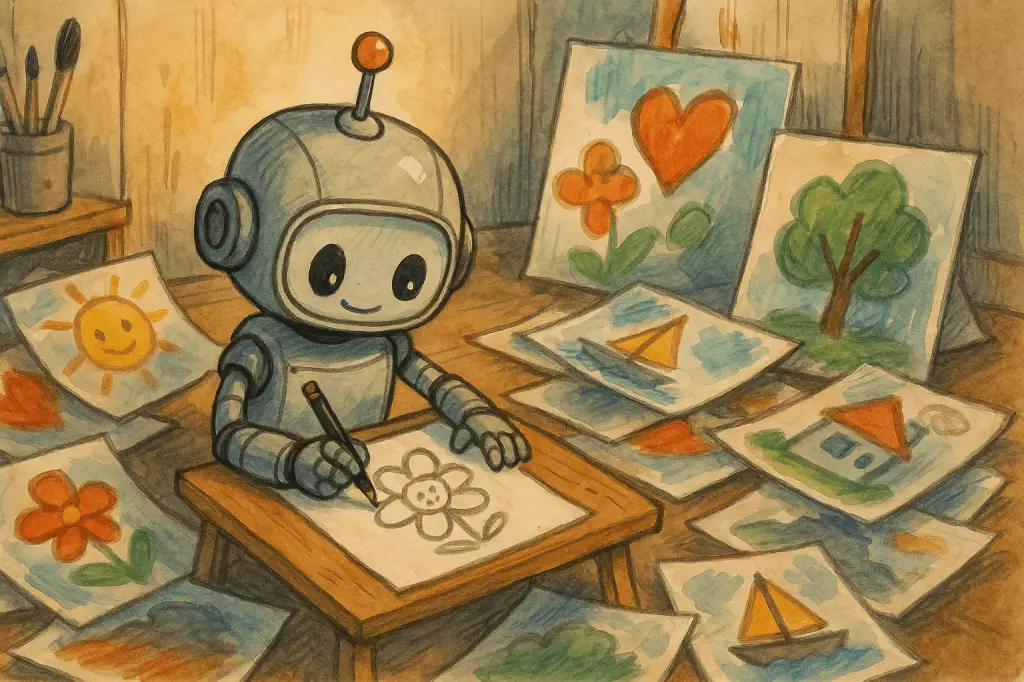In an era where visual content plays a pivotal role in business communication, OpenAI has elevated this game with its latest offering—an API that integrates the powerful gpt-image-1 model directly into various platforms. This innovation allows businesses to harness the art of image generation inspired by the enchanting worlds of Studio Ghibli and beyond, augmenting their creative capabilities in unprecedented ways. Developers and enterprises can now access high-quality, professional-grade images tailored to their specific requirements, making the task of generating unique visuals as simple as drafting a textual prompt.
The implications of such a tool are vast. Rather than relying on stock images or lengthy design processes, businesses can generate bespoke images in real-time. This not only streamlines workflows but also encourages a deeper exploration of creative possibilities. The model’s versatility stands out, enabling it to adapt to diverse artistic styles and precise guidelines, enriching the businesses’ branding and marketing efforts.
Pricing and Value Proposition
OpenAI’s pricing structure for the API reflects a strategic approach to its services, differentiating between text and image tokens. Just how efficiently this system aligns with business needs will determine its adoption rate across sectors. Text prompts are priced at $5 per million tokens, while image generation comes at a steeper cost of $40 per million tokens. This pricing scheme positions OpenAI competitively against alternatives like Stability AI and Google’s Imagen.
For many businesses, this tiered pricing model may seem daunting at first glance, particularly when juxtaposed with more credit-friendly competitors. However, the potential return on investment through enhanced visuals could well justify the upfront expenditure. The capability to generate high-quality, unique images tailored directly to a brand’s identity presents an invaluable tool for standing out in an oversaturated market.
The Popularity Surge and Its Challenges
Since the introduction of the integrated image generation feature within ChatGPT, OpenAI has experienced a remarkable surge in usage. Reports indicate over 130 million users engaged with the image generation function, creating approximately 700 million images in just the initial week. Such overwhelming popularity inevitably comes with its own set of challenges. As trends like Ghibli-inspired images flood social media, saturation risk becomes a concern, potentially stretching consumer engagement with such visuals.
OpenAI’s CEO, Sam Altman, humorously noted the intense demand, referring to the system’s GPUs as “melting.” This serves as a reminder that rapid popular adoption can strain even the most sophisticated technologies. As business users continue to explore this feature, OpenAI must balance user demand with technological capacity to avoid potential slowdowns or outages that could affect user experience.
Enterprise Utilization: Case Studies and Future Potential
The integration of the gpt-image-1 model into business ecosystems is more than a mere technological upgrade; it’s a revolution in how enterprises approach creative projects. Companies gravitating towards AI-generated imagery have begun to explore numerous applications. For instance, Canva’s eagerness to integrate these capabilities into its AI-driven tools underscores the growing recognition of AI’s role in design. Additionally, GoDaddy’s experiments with logo creation reveal the unique opportunities for smaller businesses to access customized branding materials at scale.
Furthermore, Airtable’s adoption of this technology demonstrates its utility for managing marketing and creative workflows efficiently. As enterprises test the waters of this advancement, we will likely see increasingly innovative applications that extend beyond mere visuals. The incorporation of metadata from the Coalition for Content Provenance and Authenticity further lends credibility to AI-generated images, assuring users of content authenticity and ownership.
A Paradigm Shift in Digital Creativity
As we progress into the future, the implications of AI-powered tools in visual artistry are profound. OpenAI’s gpt-image-1 model not only democratizes design capabilities but also facilitates a reimagining of how we construct and convey visual narratives in business contexts. The flexibility and ease of integrating such advanced technology into existing workflows is a game-changer, ensuring businesses can maintain unique brand identities against a backdrop of ever-evolving consumer expectations.
While challenges abound, particularly regarding pricing structures and market saturation, the potential for creativity unlocked through these tools far outweighs the concerns. As such, companies that embrace this technological shift are likely to lead in innovation, capturing the imaginations of their audiences with vivid, stunning imagery sourced from the very fabric of creativity powered by artificial intelligence.

